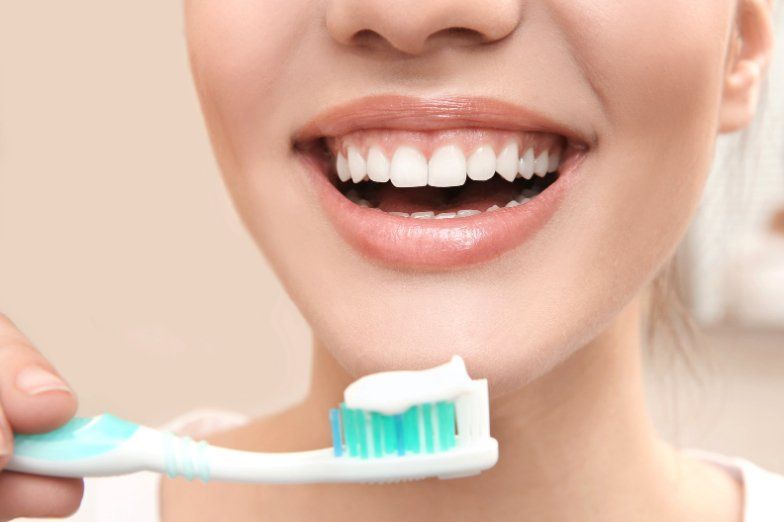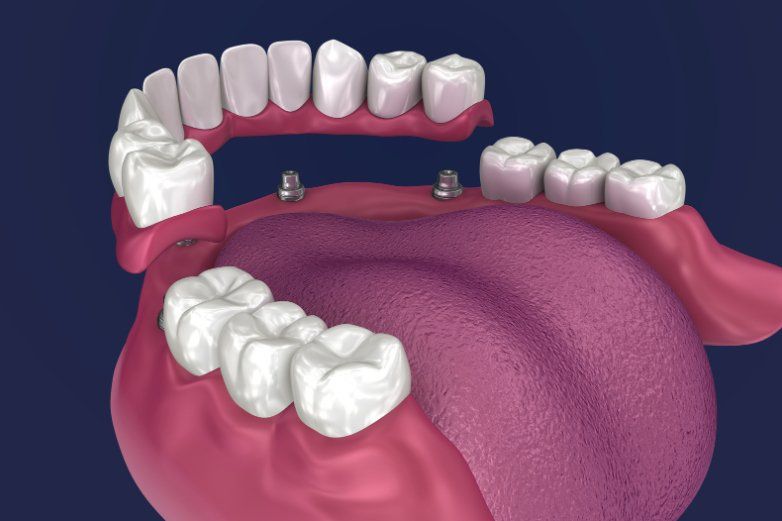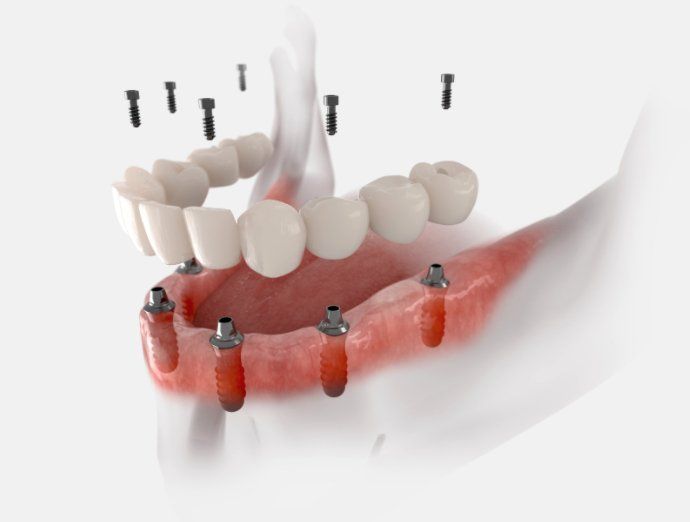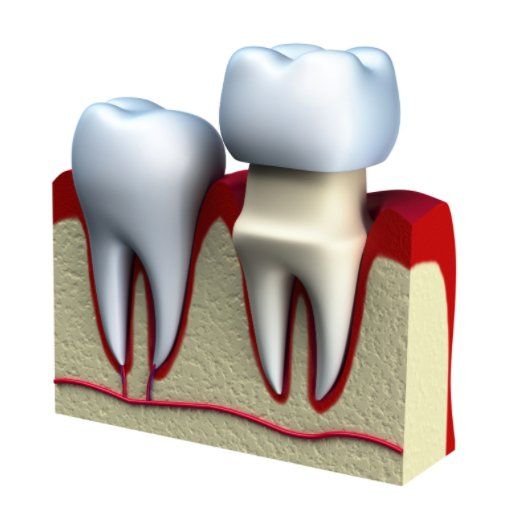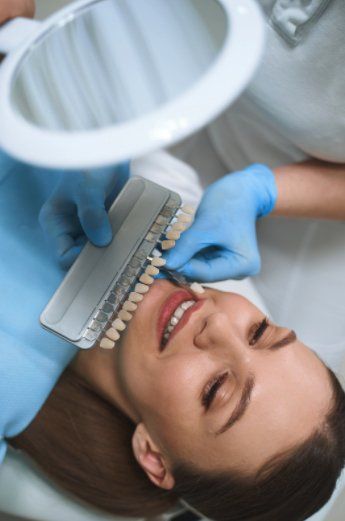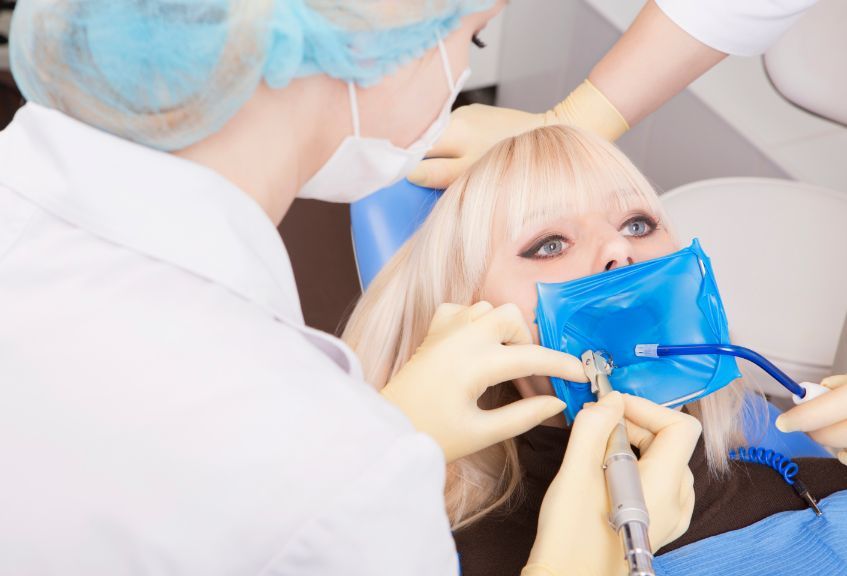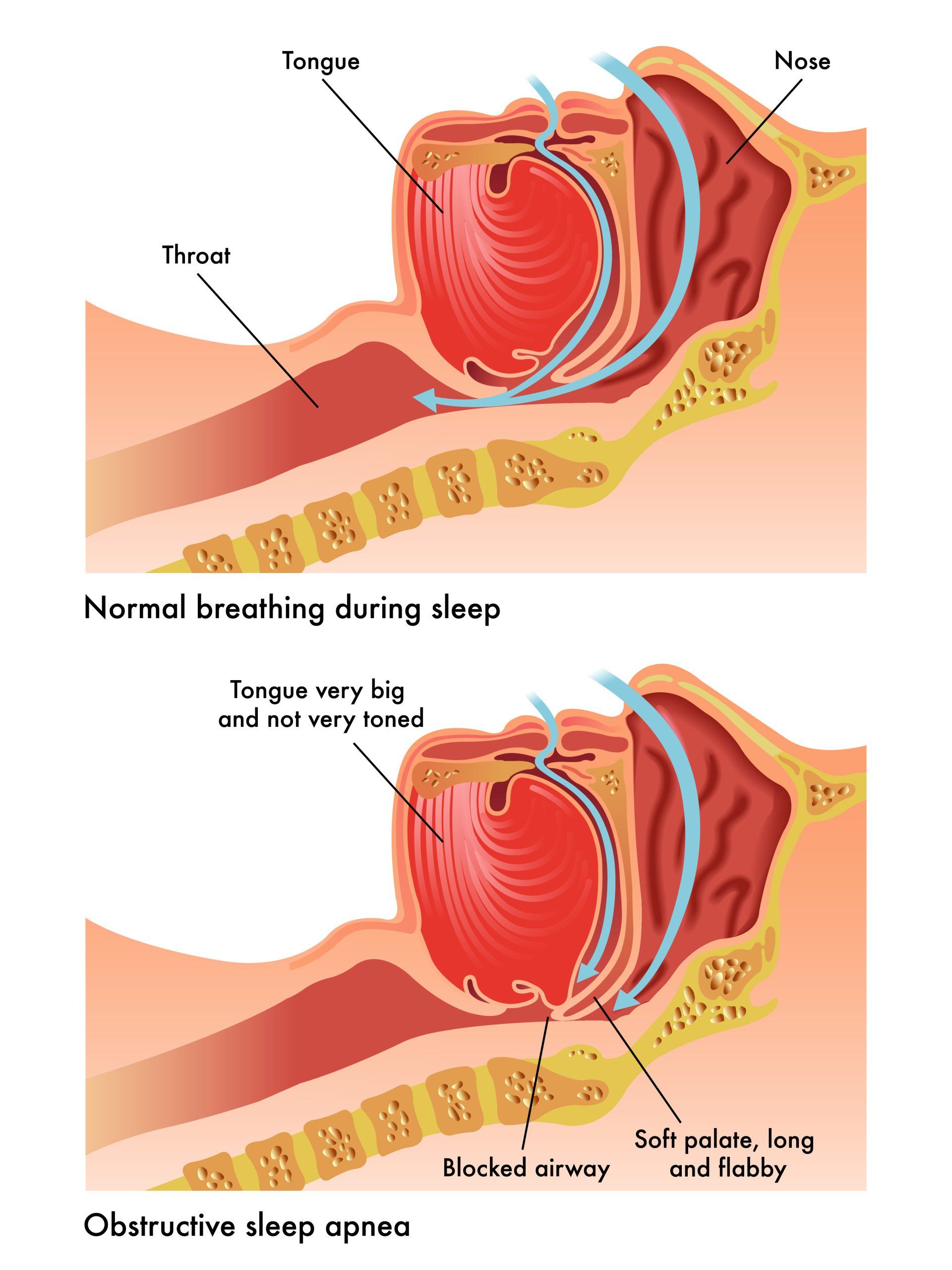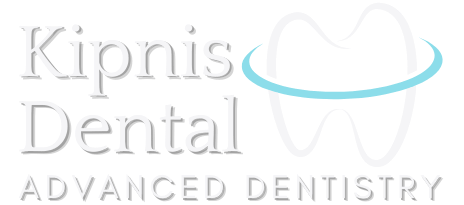Gum disease or periodontal disease affects one in two adults aged 30 or older. Gum disease refers to the inflammation and infection of gums and other parts of the mouth. Gum disease occurs due to bacteria accumulation called plaque due to poor oral hygiene. This causes gum redness, swelling, and even bleeding; advanced cases of gum disease can cause gums to recede and pull away from the tooth leading to teeth loss.
One in two adults aged 30 or older have periodontal or gum disease, almost a third suffer from moderate periodontitis, advanced stages can lead to tooth loss. Gum disease is one of the leading causes of receding gums and can lead to more complicated and serious problems if untreated. Here at Kipnis Dental, we provide a wide array of treatment options with the most advanced dental technology to ensure that gum disease does not take over! We make treatment easy and efficient- our experienced, professional staff is here to give you the best, personalized treatment plans for all of your gum needs.

